
As of March 10, 2023 this libguide/pages will cease to be updated.
Correct and consistent mask use is a critical step everyone can take to prevent getting and spreading COVID-19. Masks work best when everyone wears them, but not all masks provide the same protection. When choosing a mask, look at how well it fits, how well it filters the air, and how many layers it has.
Make sure your mask fits snugly against your face. Gaps can let air with respiratory droplets leak in and out around the edges of the mask
Pick a mask with layers to keep your respiratory droplets in and others’ out. A mask with layers will stop more respiratory droplets getting inside your mask or escaping from your mask if you are sick.
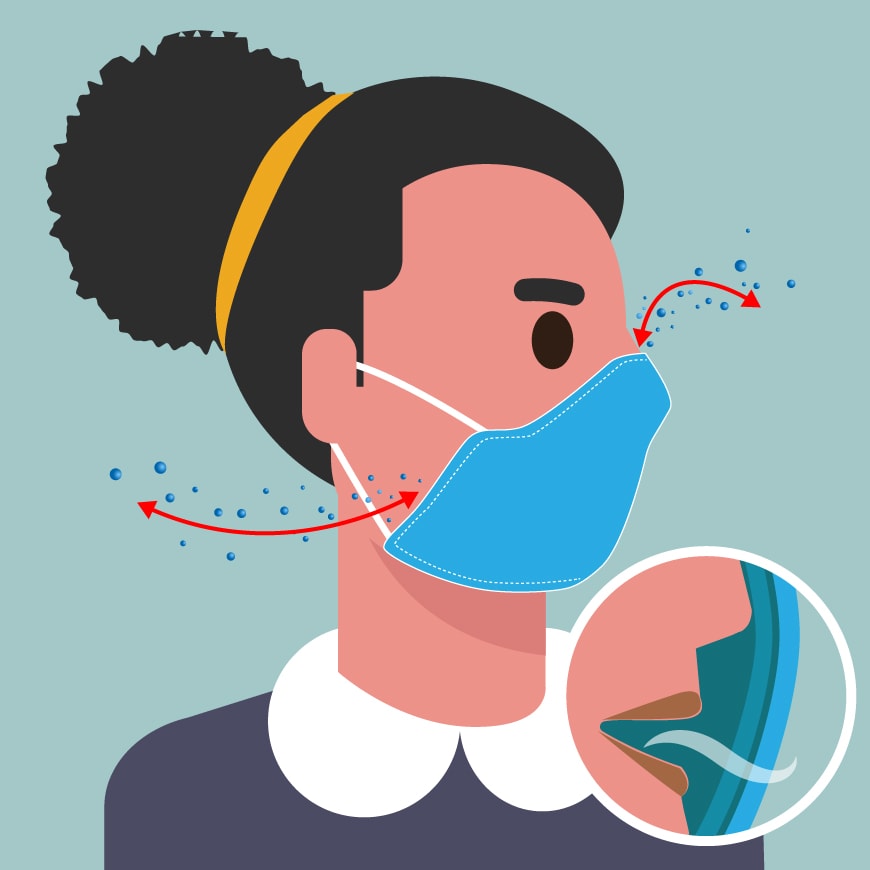
For more information on science behind improving how your mask protects you, see Improve the Fit and Filtration of Your Mask to Reduce the Spread of COVID-19.
For more information on wearing a mask and personal protective equipment in healthcare workplaces, see Interim Infection Prevention and Control Recommendations for Healthcare Personnel During the Coronavirus Disease 2019 (COVID-19) Pandemic.
Choose a mask with a nose wire
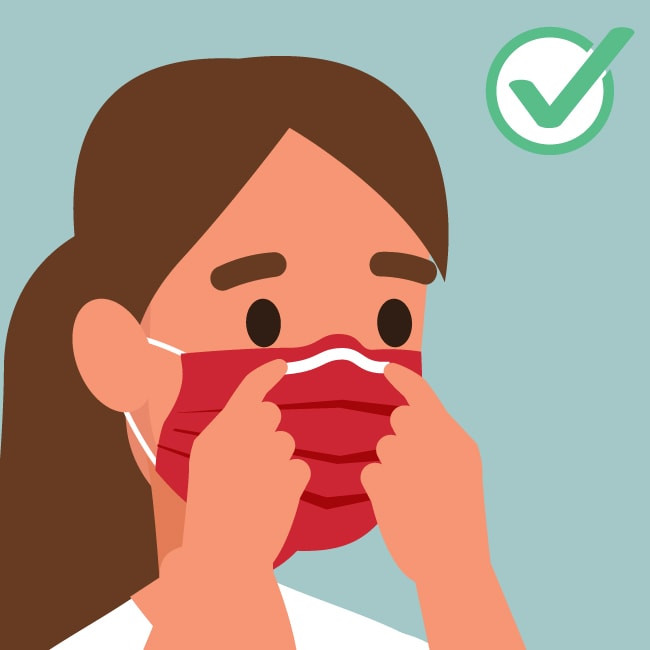
Use a mask fitter or brace
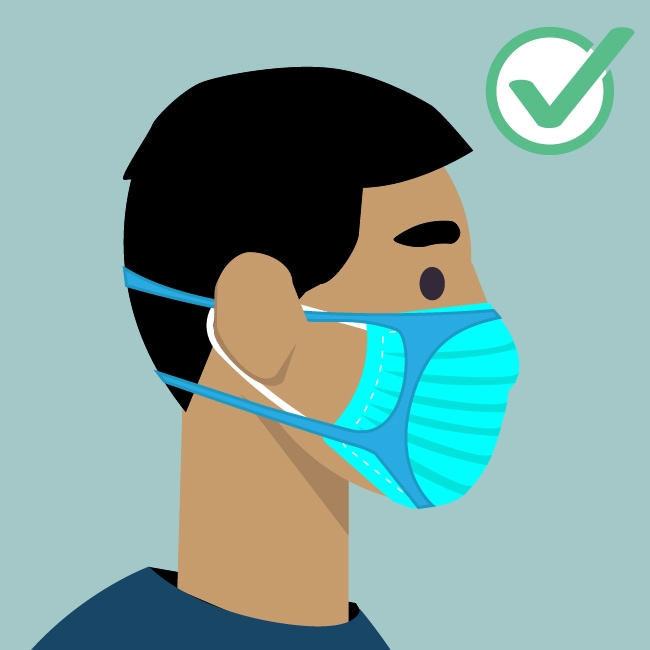
Check that it fits snugly over your nose, mouth, and chin
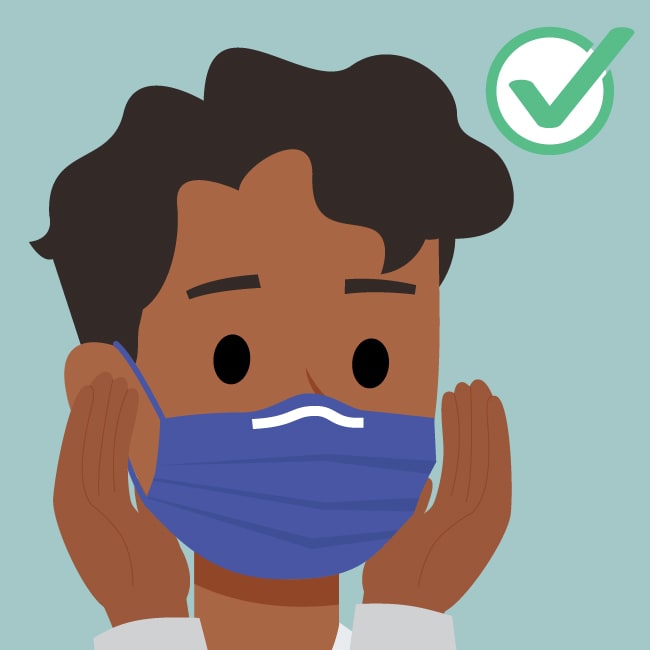
Add layers of material
2 ways to layer
Make sure you can see and breathe easily
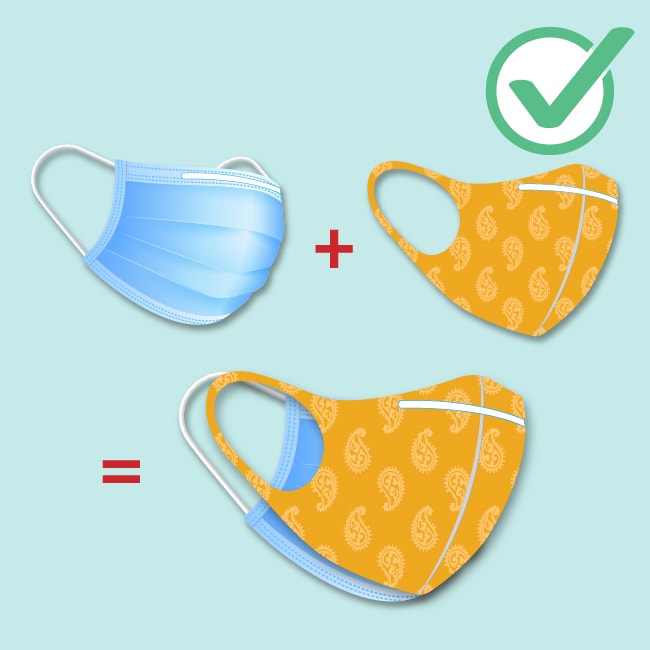
Knot and tuck ear loops of a 3-ply mask
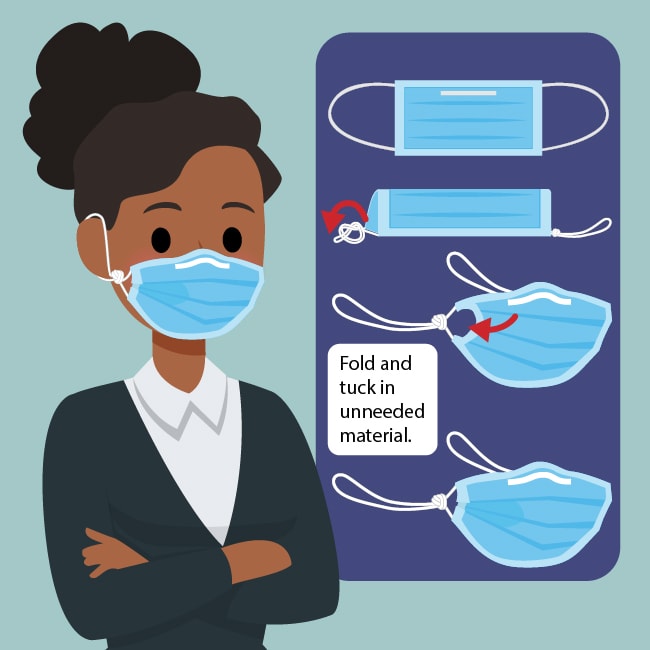
Other things to consider
Certain types of facial hair, like beards, can make mask fitting difficult. People with beards can do one or more of the following:
Masks designed for people with beards are being evaluated, and information will be provided when it becomes available.

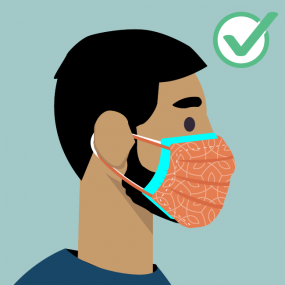
Combine two disposable masks
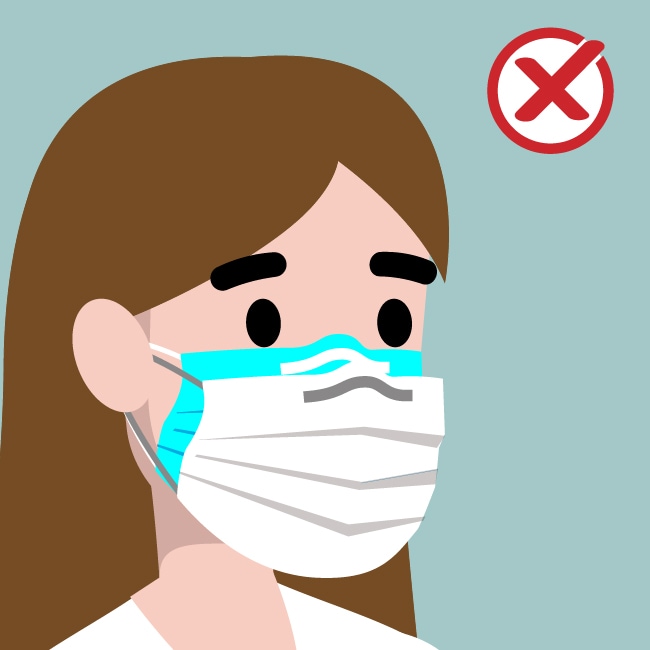
Combine a KN95 mask with any other mask.
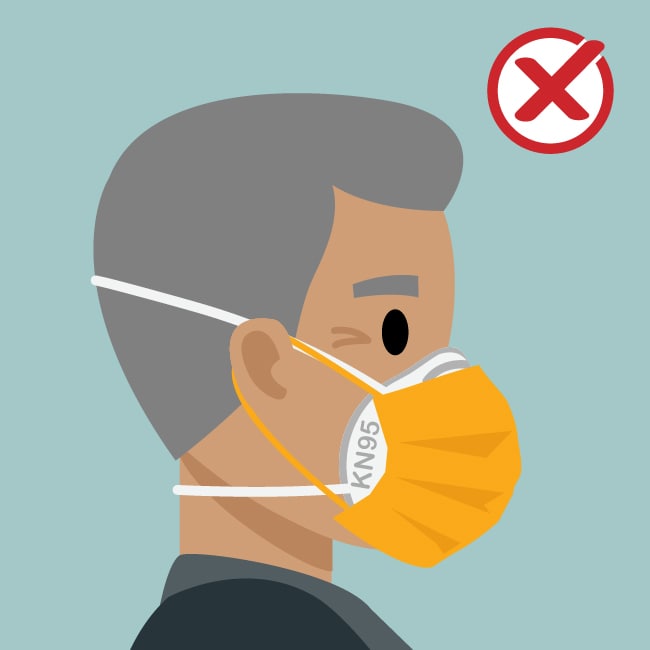
Download PDF Version of This Page pdf icon[974 KB, 1 page]
Alternative languages: Arabicpdf icon | Frenchpdf icon | Portuguese (Brazil)pdf icon | Russianpdf icon | Spanishpdf icon | Urdupdf icon

